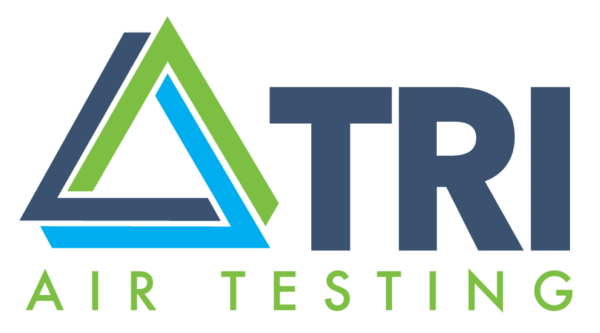Maintaining Air Purity in Medical
The Original Compressed Air and Pure Gas Testing Laboratory
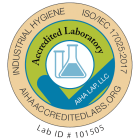
Medical Industry
Medical gas pipeline systems are an efficient means of conveying medical gasses to the point of use. Pipelines are designed as a convenient, safe and cost-effective system for the provision of medical gasses to be used by clinical and nursing staff for medical purposes, often directly interacting with patients. TRI Air Testing specializes in medical air and pure gas testing, which maintains the integrity of the pipeline and the safety of medical staff and patients. Over time, medical gasses introduce potential hazards in the delivery system of medical gasses to patients. The medical industry requires that medical gas pipelines are tested regularly to ensure safety.
TRI Air Testing has specialized in medical air and pure gas testing safety for medical facilities and is knowledgeable of the industry standards and requirements. As an accredited laboratory service, TRI Air Testing specialists will consult directly on evaluating pipeline integrity and the proper solutions to remain safe.

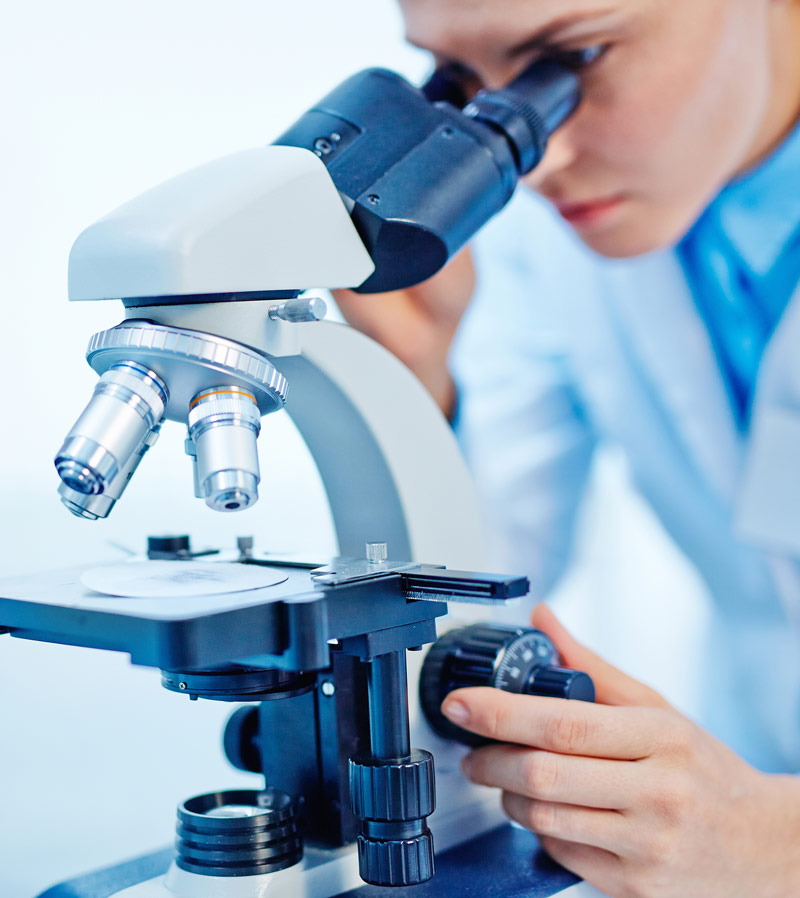
TRI Air Testing provides medical air and pure gas testing services to meet NFPA 99 Health Care Facilities specifications. TRI Air Testing can consult and assist with testing at Hyperbaric facilities. Solutions for medical air and pure gas testing standards are provided with excellence in science and quality.
Medical Gas Testing Specifications include:
USP Medical Air
USP Oxygen 93% and 99%
NFPA 99 or OSHA/Grade D for Hyperbaric Facilities
NF Nitrogen
NFPA 99 Health Care Facilities, 1999, 2002 & 2005 Editions
Piping Particulate (Matter)
Piping Purity (Air, Oxygen, Nitrous Oxide, Nitrogen, Water Vapor)
Medical Gas Concentration (Oxygen, Nitrogen, Nitrous Oxide, Carbon Dioxide, Medical Air)
Verifier Medical Gas Concentration (Oxygen, Nitrous Oxide)
Medical Air Purity (Dew Point, Carbon Monoxide, Carbon Dioxide, Total Hydrocarbons, Halogenated Hydrocarbons)
We provide international standards and methods for sampling and the testing of compressed air, ambient air and pure gas delivery systems. This includes a multitude of pure gas types up to Five 9’s purity. Additionally, we collect mold & bacteria samples for testing in compressed, ambient, and pure gasses.
TRI is a proud member of NFPA and MGPHO.
Our Services
First-Time Clients:
- Consultation with our team to understand your specific needs
- Recommend specific tests suited for your facility
- Walk through the test results with you and your team
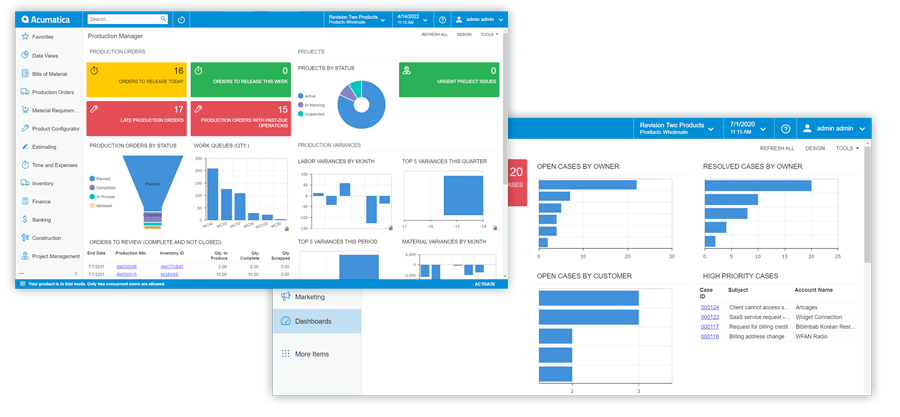
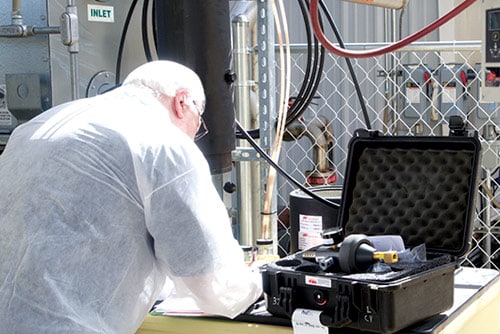
Ongoing Services:
We provide international standards and methods for sampling and the testing of compressed air, ambient air and pure gas delivery systems. This includes a multitude of pure gas types up to Five 9’s purity. Additionally, we collect mold & bacteria samples for testing in compressed, ambient, and pure gasses.
- Team of analysts and scientists
- On-site testing
- Affordable testing kits and 24-hour turnaround time
- Provided training videos on how to collect test samples
Not sure where to begin?
Get a quick, free consultation on air testing now

FAQ
HTM02 and SHTM2022 require that all medical gasses are tested on a quarterly basis, and dental gasses are tested annually.
Yes. Our test kits are user-friendly and our support specialists are available to guide you through the process if you need assistance.
Reports are delivered within 1 business day of receiving air samples with no additional fees.
No. Some facilities choose to purchase their own, but we have all the necessary equipment at our testing facility.
If your air samples come back with results that need to be addressed, our team will walk you through the next steps which may entail an on-site visit for additional in-depth testing.
AIR AND PURE GAS TESTING ALSO AVAILABLE FOR:
